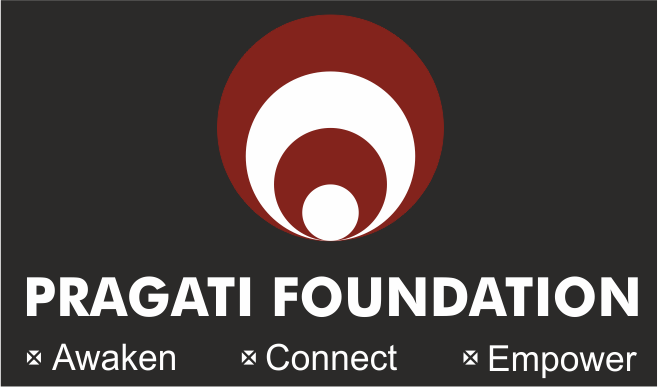In 2012, the Indian government stated 22% of its population is below its official poverty limit. There is a need for empowerment of underprivileged women and youth through creation of sustainable and joyful employment.
There is a burgeoning youth population in India and the number of jobless youth has reached an alarming proportion. Today, India is one of the youngest nations in the world. As per ILO report In next 20 years the labour force in the industrialised world will decline by 4%, while in India it will increase by 32%. This presents historic opportunity for India to transform its demographic surplus into a demographic dividend. However macroeconomic indicators are alarming! India is graduating millions every year, but less than 3% of its workforce is equipped with employable skills. The unemployment rate was 4.7 % in 2016 (http://data.bls.gov/timeseries/LNS14000000). 3.4 million jobs are vacant, and yet unemployment prevail. Around 119 million additional skilled workforces will be required by 24 sectors such as construction, retail, transportation logistics, automobile, and handloom by 2022
However, considering the present status of the workforce in terms of educational attainment and skill training, this is a big challenge & macroeconomic indicators are alarming.
- Lack of marketable employable skills: Nearly 300 million people unemployed due this as per ASSOCHAM report
- Low literacy rate: 70% as against global average of 83%
- Lack of formal vocational training: 88% of the population (15-29 years receives no vocational training) while 91% are employed in skill-based jobs!
- High school drop out ratios: 27% at the primary level and 41% at the elementary level
- Poor English penetration: Only 6% understand English language
- No formal VET: Hardly 2% to 2.5% of the workforce goes for formal VET
- Limited awareness and access to available trainings, services & opportunities, puts ambitious, aspiring, sincere, young boys and girls at a great disadvantage. They become vulnerable to social pressures and vices. They become de-motivated, drop out and fall into a failure cycle.
- , knowledge on carrier options and there is a skill mis-match. There are many schemes aimed at helping disadvantaged young people into employment; however they have found it challenging to motivate young people to start up, build and sustain in job or their businesses.
- If the challenge is overcome by investing adequately in their education and employability, this youth power has the potential to transform the Indian economy.
- Pragati Foundation drive this national agenda for inclusive growth, by catering to the needs of poor. It is designed to benefit the Prime Minister’s ‘Make in India’ Campaign, it aims to position India as the skill capital of world
- Pragati Foundation’s Awaken I program plays the role of a catalyst in addressing the issues of 1) low awareness 2) gaps in knowledge and information about livelihood opportunities 3) lack of skills in finding suitable job and setting up businesses and 4) the lack of mentoring and counselling support to young people to earn sustainable livelihood .
